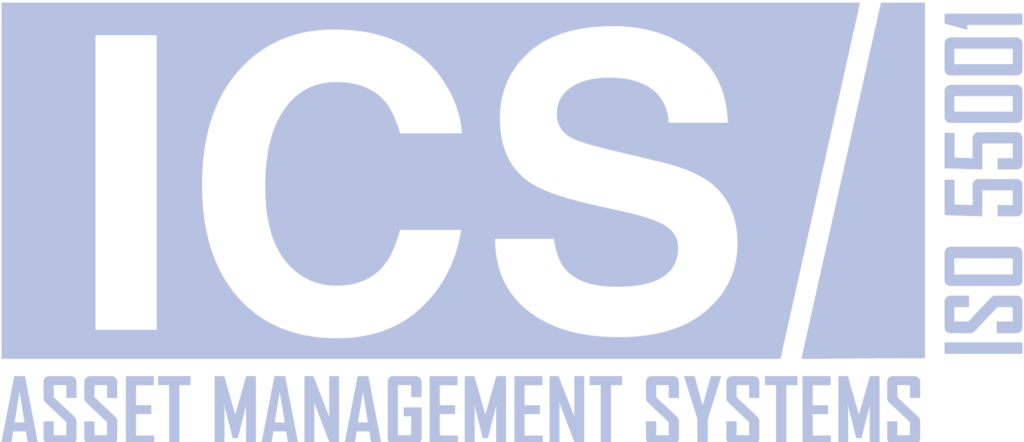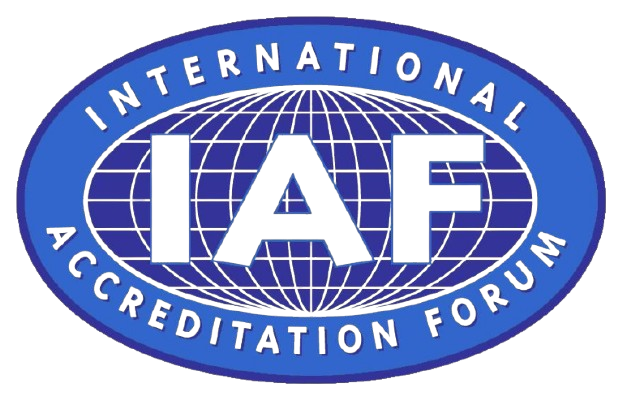

Asset management plays a critical role in ensuring the long-term success and sustainability of organizations. ISO 55001 Certification provides a comprehensive framework for managing assets effectively and efficiently, helping organizations achieve their strategic objectives and maximize the value derived from their assets.
“Given below is the more detail about the ISO 55001 – AMS standard and you might be interested learning more about it. Rest of the part you can avail the certification from ICS to get your organizational dream come true by contact us by clicking below button.”
ISO 55001 Certification establishes the requirements for an asset management system (AMS) and provides guidelines for implementing, maintaining, and continuously improving it. This international standard enables organizations to manage the lifecycle of their assets systematically, from acquisition to disposal. By achieving ISO 55001 Certification, organizations demonstrate their commitment to adopting best practices in asset management, ultimately leading to improved performance, reduced risks, and enhanced stakeholder confidence.
Effective asset management ensures that organizations utilize their resources optimally, minimizing costs and maximizing returns. Assets include physical assets such as machinery, infrastructure, and buildings, as well as intangible assets like intellectual property and human resources. ISO 55001 Certification helps organizations identify their critical assets, assess their condition and performance, and develop strategies to manage them throughout their lifecycle. By doing so, organizations can achieve greater efficiency, reliability, and sustainability.
ISO 55001 Certification requires organizations to establish an AMS that aligns with their strategic goals and objectives. The process begins with a thorough analysis of the organization’s context. Including its internal and external environment, stakeholders, and asset portfolio. By understanding these factors, organizations can develop an asset management policy that defines their approach to managing assets and sets the foundation for the AMS.
A crucial aspect of ISO 55001 Certification involves setting clear and measurable asset management objectives. These objectives should align with the organization’s strategic goals and address the needs and expectations of stakeholders. Organizations must develop asset management plans (AMPs) that outline the actions, resources, and timelines required to achieve these objectives. AMPs should consider factors such as asset condition, performance, risks, and opportunities, ensuring that they support the organization’s overall strategy.
ISO 55001 Certification requires organizations to implement robust asset management processes that cover the entire asset lifecycle. These processes include asset acquisition, operation, maintenance, and disposal. Organizations must establish procedures for acquiring assets based on their needs and ensure that assets are operated and maintained efficiently. Regular inspections, monitoring, and maintenance activities help identify potential issues and extend the lifespan of assets. When assets reach the end of their useful life, organizations must dispose of them responsibly, considering environmental and regulatory requirements.
Risk management plays a vital role in achieving ISO 55001 Certification. Organizations must identify and assess risks associated with their assets, including those related to safety, reliability, and performance. By implementing risk management strategies, organizations can mitigate these risks and ensure the continuity of their operations. Additionally, requires organizations to evaluate the performance of their AMS regularly. This involves monitoring key performance indicators (KPIs), conducting internal audits, and reviewing the effectiveness of asset management processes. By doing so, organizations can identify areas for improvement and ensure that their AMS remains aligned with their strategic objectives.
ISO 55001 Certification emphasizes the importance of continuous improvement. Organizations must regularly review and update their AMS to reflect changes in their environment, emerging risks, and lessons learned from incidents. Internal audits, management reviews, and performance evaluations contribute to this ongoing improvement process. By continuously enhancing their asset management capabilities, organizations can stay ahead of potential challenges and ensure long-term success.
The certification process itself involves engaging an accredited certification body that assesses the organization’s AMS against the ISO 55001 standard. The certification body conducts a thorough audit, reviewing documentation, interviewing personnel, and observing practices to ensure compliance. Upon successful completion of the audit, the organization receives the ISO 55001 Certification, which serves as a formal recognition of its commitment to asset management excellence.
ISO 55001 Certification serves as a powerful tool for organizations seeking to optimize their asset management practices and achieve long-term success. By implementing an asset management system, organizations can effectively manage the lifecycle of their assets, ensuring their optimal utilization and performance. The journey towards ISO 55001 Certification requires commitment, thorough planning, and continuous improvement. However, the benefits of achieving this certification far outweigh the efforts involved. Therefore, ISO 55001 Certification is not just a compliance requirement; it is a strategic investment in building a sustainable and resilient organization.
By prioritizing asset management and achieving this certification, organizations can navigate the complexities of the modern business landscape with confidence. This certification underscores the importance of adopting best practices, risk management, and continuous improvement in maintaining and enhancing asset performance. Through these efforts, organizations can build a robust foundation for long-term success and demonstrate their commitment to protecting their stakeholders and maximizing the value derived from their assets.

For Quick Contact Leave Your Message We will Contact You Shortly Or Call Us At Given Numbers or Email Addresses. We Love to Deliver Our Efficient Services.
Copyright All Rights Reserved © 2025